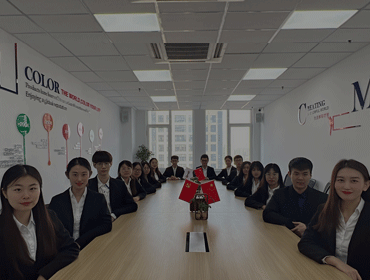
Particle size is a critical physical characteristic of pigments, affecting many performance factors including gloss and tinctorial strength. Laser diffraction is the most popular method of particle size analysis for the milling process, allowing close control and optimization of a number of final product performance criteria.
Usually, the pigments show up in the form of conglomerates from which, depending on the grinding degree, particles of different form and dimensionare obtained. The hiding power is the pigment capacity to make opaque the medium in which it is dissolved. The hiding power is proportional to the difference between there fractive index of the pigment and that of the dispersing medium, and it is also in relation to the size and shape of the particles.
It is known that for a given size, spherically shaped particles have higher hiding power. The ability of a pigment to impart colour to the medium in which it is applied is called tinting strength. Considering the colour perception, a pigment can be instead defined in terms of hue, brightness and saturation, which are parameters depending on incident light reflection and on selective absorption of different wave length photons.
A pigment has a tinting strength and a specific hiding power; how-ever, the degree of fineness can affect the saturation as the amount of white light reflection from its surface is greatly increased relative to the amount of absorbed light.




